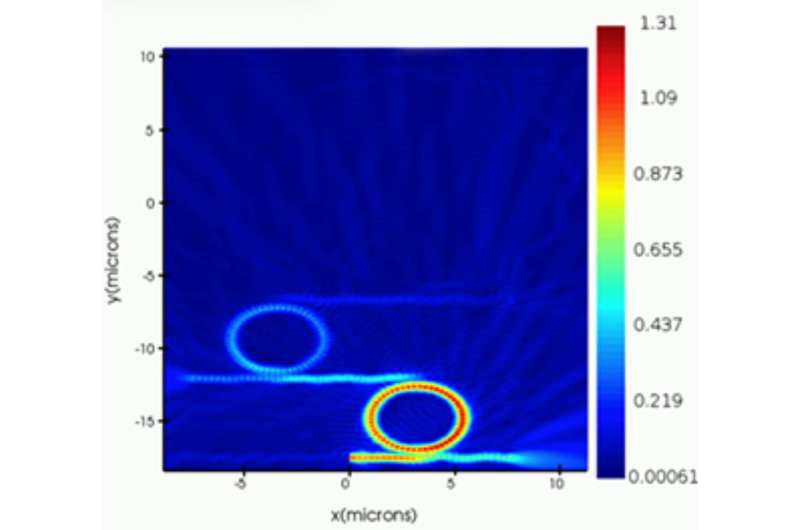Emerging technologies to improve thermometry reliability

In a recent paper co-authored by researchers from the National Institute of Standards and Technology, the National Research Council of Canada and Graham Machin, National Physical Laboratory Senior Fellow, the research team presented an overview of emerging thermometry technologies. Although some of these are in an early stage of development, they have the potential to provide reliable (and indeed traceable) temperatures in the measurement setting. The research was published in Measurement Science and Technology.
The reliable measurement of temperature is vital for a whole host of human activities, including health care to ensure reliable diagnosis, meteorology for accurate weather forecasting, scientific research for determining the extent and progress of climate change, and industry to ensure optimum process control and therefore minimizing the impact on the environment.
Moreover, there is a vast range of temperatures and applications to be covered, from low temperatures below 25 K (-248 °C) vital for the emerging hydrogen economy and quantum computing, as one example, to high temperatures well above 1500 °C for metals processing, glass and energy production, as another.
To reliably measure and control temperature requires the use of practical sensors. In the case of contact thermometers these are usually thermocouples, or resistance thermometers. To ensure these sensors yield low uncertainty measurements, they need to be traceably calibrated by an accredited laboratory.
Unfortunately, all sensors drift in use, and in an unpredictable manner. To overcome this problem, the thermometers need to be either periodically replaced with new calibrated thermometers, or the old ones removed and recalibrated before being reinstalled. If this is not done, the output of the thermometers departs increasingly from the true value of the temperature, which has the potential for many unfortunate consequences, such as loss of process control in an industrial process, which can increase scrappage rate and energy use.
One approach to deal with the issue of sensor drift is to introduce traceability "at-the-point-of-measurement." There are two main approaches for this. One of these is the incorporation of known fixed points within the thermometer itself, then detecting the phase transition the sensor can be calibrated at that temperature and so run optimally. A more radical approach, discussed in the research paper, is through the establishment of practical primary thermometry, where the sensor itself requires no calibration but uses fundamental physics from which to obtain temperature.
Both these approaches are currently at different stages of development at NPL. Self-validating thermometers are in the process of being commercialized; while research is underway in the two areas of practical primary thermometry.
The provision of traceability at-the-point-of-measurement is potentially a disruptive change to the current approach to thermometry. Instead of temperature sensors requiring calibration in an accredited laboratory, before use they can be deployed directly within the measurement setting and can be relied upon to provide reliable traceable temperatures from installation until they fail.
Such developments are essential to facilitate true autonomy in industrial production. In addition, such sensors are required to validate the performance of temperature sensor networks that require such "points-of-truth" to ensure the reliable performance of the whole network.
More information: S Dedyulin et al, Emerging technologies in the field of thermometry, Measurement Science and Technology (2022). DOI: 10.1088/1361-6501/ac75b1
Journal information: Measurement Science and Technology
Provided by National Physical Laboratory




















